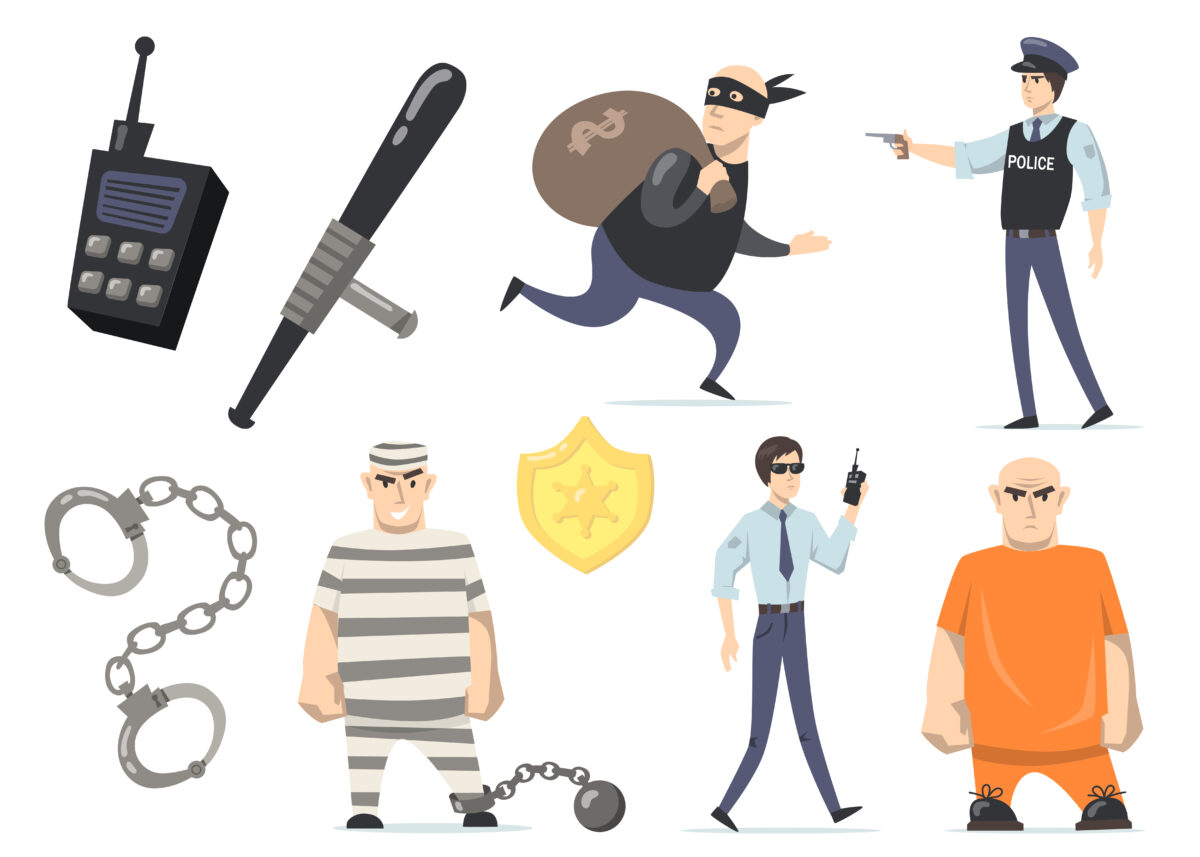The market for facial recognition technology (FRT) is on the rise. According to a MarketsandMarkets report the market value was 3.2 Billion dollars in 2019 and will reach 7 Billion dollars in 2024. Facial recognition is a biometric technology that uses specific and unique facial features to identify a person. Nowadays, it’s utilized in an assortment of ways from unlocking your phone, go through security at work, purchase products at stores etc. The amount of photo and video data available provides the dataset required to make FRT work.
Especially, the security part is linked to a lot of controversy. Since one of the major advantages is safety and security, proponents claim it will help to deal with violent crimes, terrorist threats and is able to support solidarity within the society. An example can be found in China where cameras are set up at crosswalks to identify and post photos of jaywalkers. Furthermore, in London the technology is finding more and more use. The logic behind that is simple. At the point when individuals realize they are being watched, they are more averse to perpetrate violations. Currently, authorities in London are testing to identify individuals with the help of FRT via Closed-circuit television (CCTV) cameras which are spread all over the city. Moreover, Business owners use the technology to help identify suspects of interest when they come in their stores to help with possible fraud. These are only some examples of FRT in use for better security.
However, the biggest downside for FRT in most people’s opinions is the threat to an individual’s privacy. Privacy is such a major issue that a few urban areas, in the US already have prohibited law enforcements use of real time FRT. In these cases, police can use video recordings from personally owned security cameras, yet they can’t utilize real-time FRT. Another drawback is that the system is vulnerable to biases. The technology relies on algorithms to make facial matches and those algorithms are more reliable for white men than other groups because the databases contain more data on white men than women and people of colour.
While these developments sound surprisingly similar to something out of George Orwell’s 1984, the technologies presented are moving closer to making that a reality. Therefore, I think it will create more issues in the future that will require specific legislation outside current laws.
What is your opinion on this new trend?
References:
www.forbes.com/sites/bernardmarr/2019/08/19/facial-recognition-technology-here-are-the-important-pros-and-cons
www.cnet.com/news/in-china-facial-recognition-public-shaming-and-control-go-hand-in-hand
www.bbc.com/news/technology-50674909
www.designworldonline.com/two-major-concerns-about-the-ethics-of-facial-recognition-in-public-safety


Super interesting topic and definitely something we should be wary of.
I don’t know what your personal experience is but I first realised how developed these technologies are is since I started using Google Photos to backup the photos from my phone. Google Photos has this section called ‘People & Pets’, which uses facial recognition on people (and I assume animals…) and groups the photos of each person together for you. A very useful feature if you are searching for a specific photo of someone. However, I have noticed that the more I use this function, the better it gets at recognising people.
I am already unsure how to feel about that on my personal phone, let alone having systems in place that do this in public, constantly.